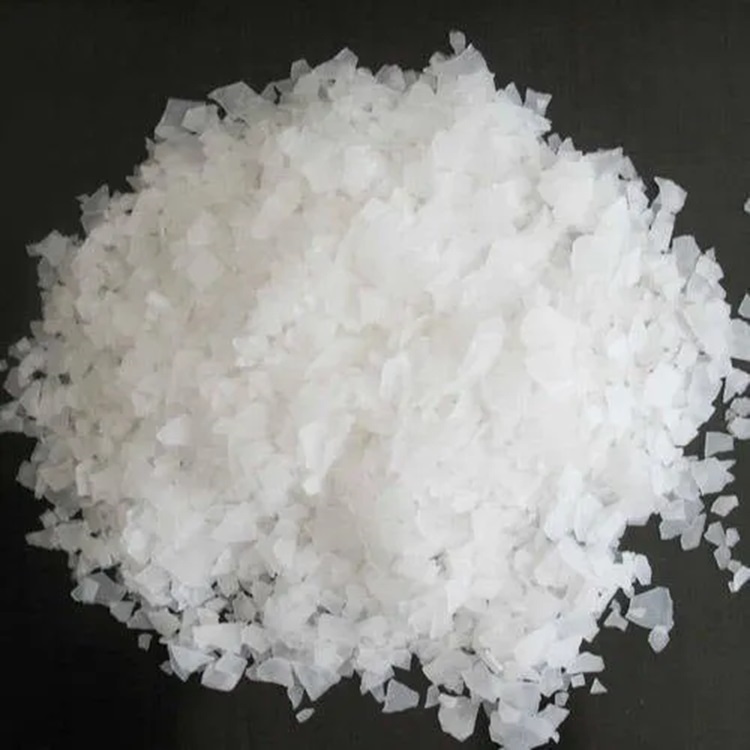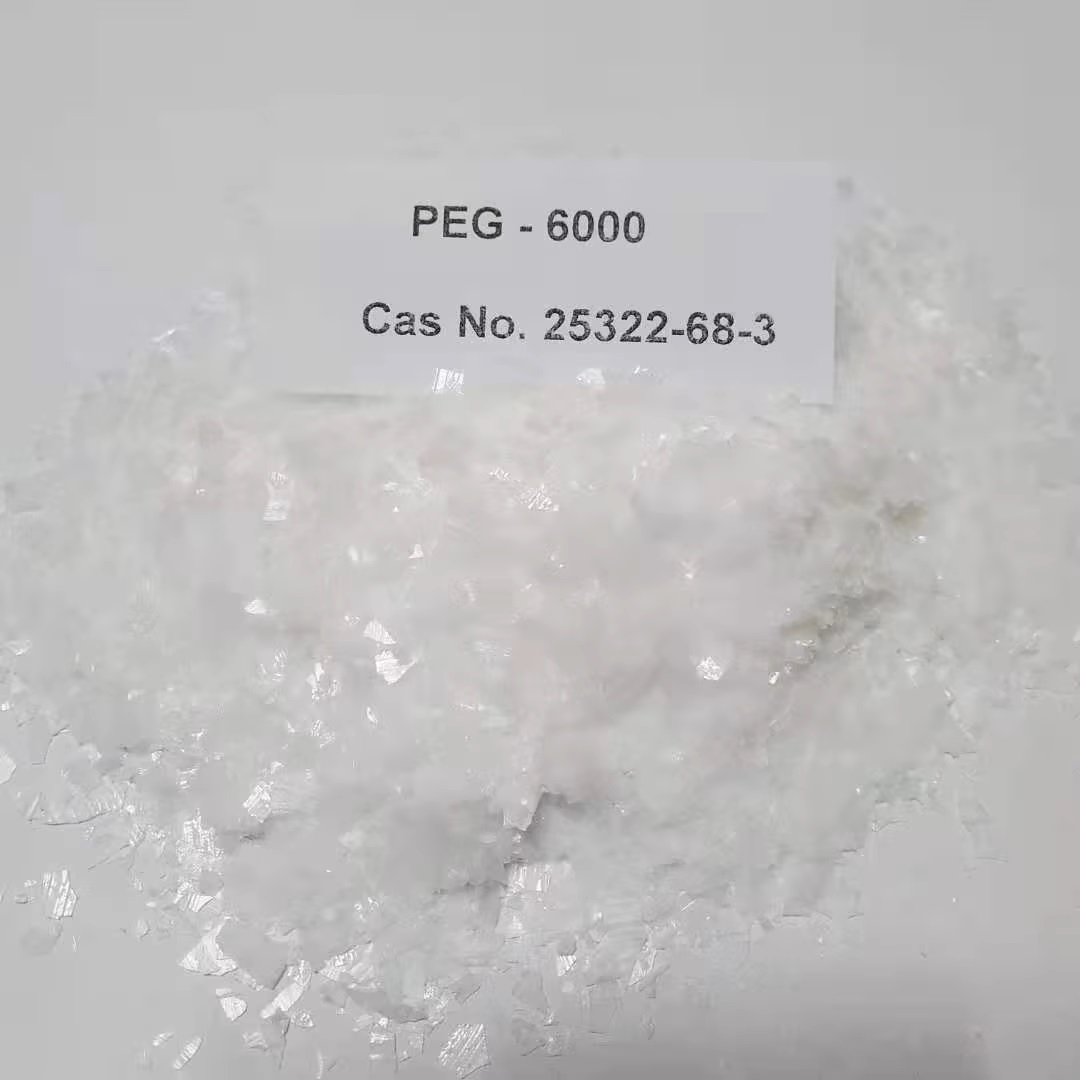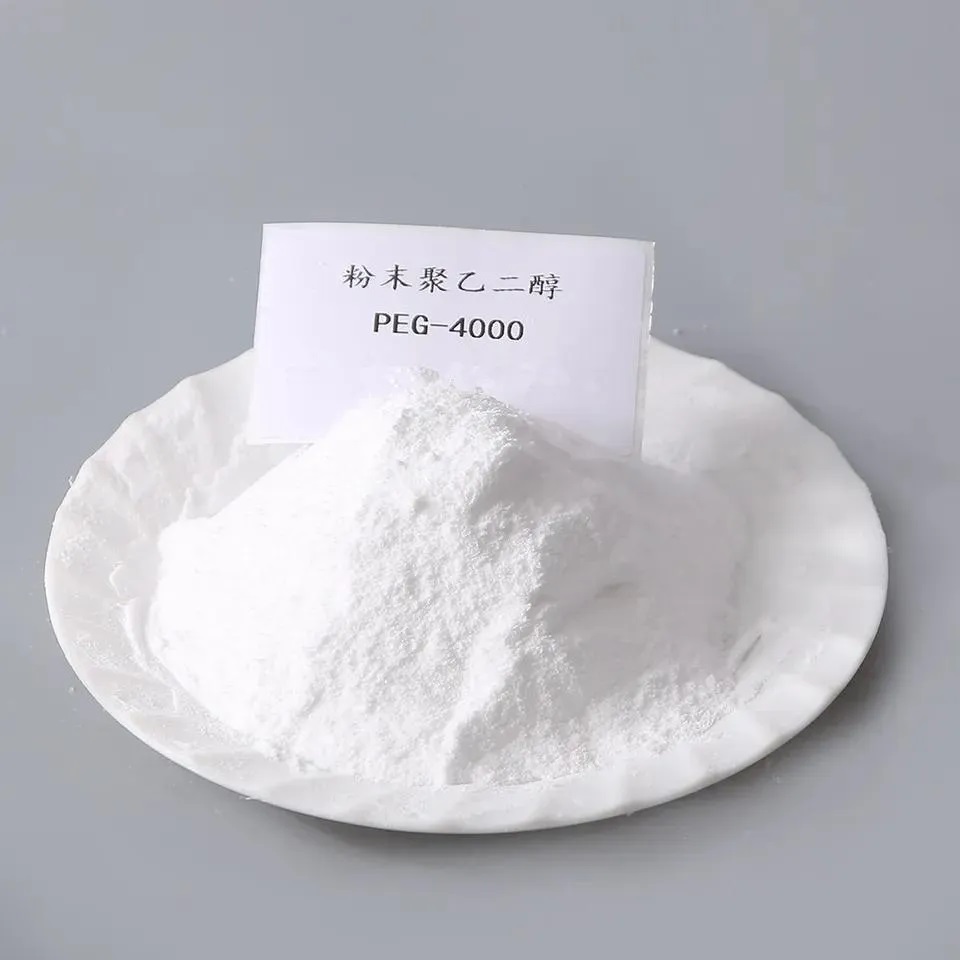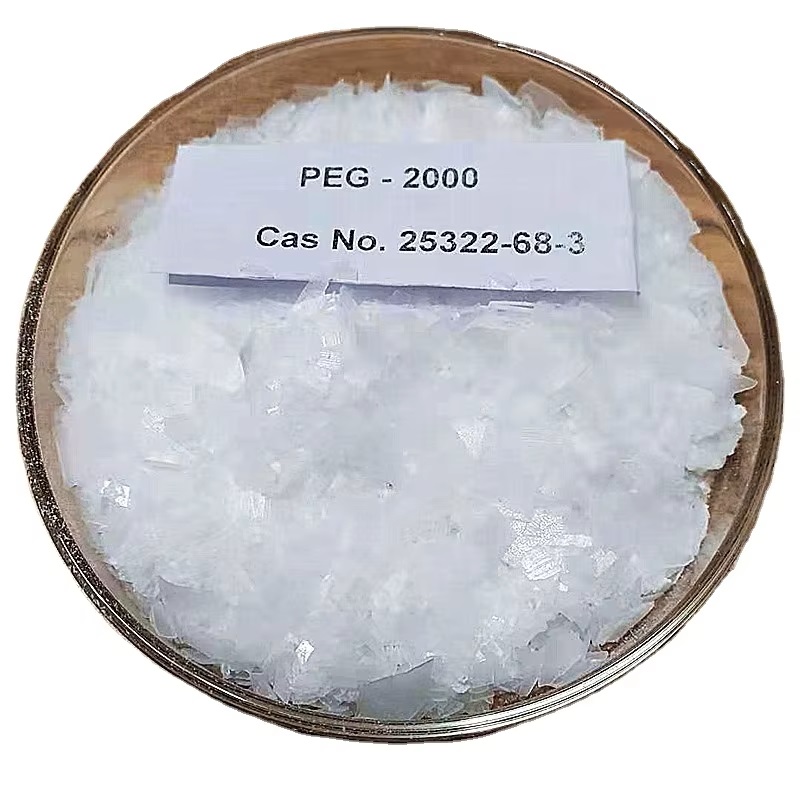We unleash your business potential by maximize the business innovation.
Send EmailPoly(ethylene glycol) distearate, Poly ethylene glycol distearate, 9005-08-7
Poly(ethylene glycol) distearate
CAS: 9005-08-7
Molecular Formula: (C2H4O)n.C36H70O3
Names and Identifiers
| Name | Poly(ethylene glycol) distearate |
| Synonyms | Polyethyleneglycol3distearate Poly(ethylene glycol) distearate |
| CAS | 9005-08-7 |
Physico-chemical Properties
| Molecular Formula | (C2H4O)n.C36H70O3 |
| Molar Mass | 332.518 |
| Melting Point | 35-37 °C |
| Flash Point | >230 °F |
| Storage Condition | Room Temprature |
| Physical and Chemical Properties | Chemical nature of this product is a white solid, soluble in isopropanol, glycerol, gasoline solvent, dispersed in water, melting point 35~37 ℃. |
| Use | This product is used as an emulsifier and thickener in cosmetics and detergent industry, and can also be used as a plasticizer for various resins, as a water removing component of grinding paste and polishing paste. |
Synthesis of polyethylene glycol distearate
Abstract:
polyethylene glycol distearate was synthesized by using phosphorous acid and sulfuric acid composite catalyst. The optimum process conditions were: n acid: n alcohol 2.8:1(mol:mol), the dosage of composite catalyst was 1.0% (based on polyethylene glycol), the reaction temperature was 150 ℃, the reaction time was 5h, and the vacuum degree was 97.3kPa.
Preparation of polyethylene glycol distearate and determination of its thickening property
Abstract:
Polyethylene glycol distearate was prepared by transesterification under normal pressure with polyethylene glycol (6000) and monoglyceride Stearate as raw materials and p-toluenesulfonic acid as catalyst. The optimum reaction conditions were determined by orthogonal experiment. Combined with the experimental principle and method, the effects of catalyst, reaction temperature, reaction time and material ratio on the reaction were discussed, the viscosity of polyethylene glycol distearate solution with different concentrations was measured. The optimum conditions for the synthesis reaction are as follows: the amount of catalyst is 2%(molar ratio), the reaction temperature is 130 ℃, the time is 4H, and n (stearate):n (polyethylene glycol) = 4:1. Under these conditions, the yield was 98%.
Preparation and thermal properties of polyethylene glycol distearate and its core-shell structure for energy storage
Abstract:
polyethylene glycol distearate was prepared by the esterification reaction of low molecular weight polyethylene glycol and acyl chloride stearic acid by emulsion method, the core-shell structure materials with phase transition function were prepared. The esterification products and core-shell structure materials were characterized by FT-IR,DSC,TG and polarized light microscopy. The solid-liquid phase transition temperature of PEG200 distearate is 30 ℃ ~ 35 ℃, and the phase transition enthalpy is 95J/g. The enthalpy of phase transition of core-shell material is 32J/g.
Preparation of polyethylene glycol distearate and determination of its thickening property
Abstract:
Polyethylene glycol distearate was prepared by transesterification under normal pressure with polyethylene glycol (6000), stearic acid monoglyceride as basic raw material and p-toluenesulfonic acid as catalyst. The optimum reaction conditions were determined by orthogonal experiment. Combined with the experimental principle and method, the effects of catalyst, reaction temperature, reaction time and material ratio on the reaction were discussed, the viscosity of polyethylene glycol distearate solution with different concentrations was measured. The research shows that the optimum conditions for the synthesis reaction are as follows: the amount of catalyst is 2 (molar ratio), the reaction temperature is 130 ℃, the time is 4H, n...
meeting name:
The 90th academic conference of fine chemical engineering committee of China Chemical Society and the 13th National Conference on Research and development of industrial surfactants
Polyethylene glycol distearate as a carrier of lutein
Abstract:
Amphiphilic polyethylene glycol distearate was synthesized and characterized by IR and NMR. Using pyrene as a model drug, the critical micelle concentration of polymer micelles was determined by fluorescence probe method, and the critical micelle concentration was 3.98 × 10 ~(-2) g/L(1.53 × 10 ~(-5)). mol/L). Lutein was embedded with polyethylene glycol distearate as carrier, and lutein-loaded polymeric micelles were prepared by solvent evaporation method. The results of dynamic light scattering showed that the micelles were monodisperse and the average particle size was 180 nm. Atomic force microscopy showed that the prepared micelles were generally spherical and uniform in size. The drug loading rate of lutein in the drug loaded micelles was 10.36%, and it had good water solubility.
Wool knitting treatment agent containing polyethylene glycol distearate
Abstract:
A wool garment treatment agent containing polyethylene glycol distearate, which consists of the following components in a weight ratio: polyethylene glycol distearate 5-10 parts, polyglycerol fatty acid ester 3-5 parts, magnesium sulfate 4-9 parts, propylene glycol 5-10 parts, ethyl cellulose 1-3 parts, water 400-500 parts. The prepared wool knitting agent has good anti-Pilling function.


 distearate, Poly ethylene glycol distearate, 9005-08-7 .jpg)

